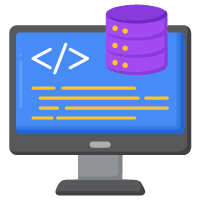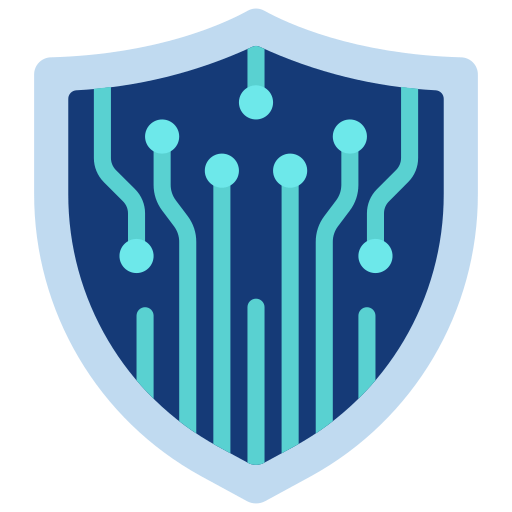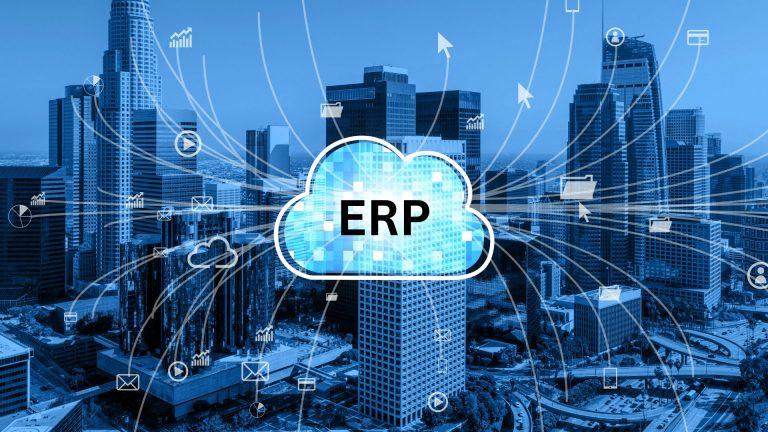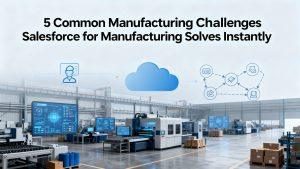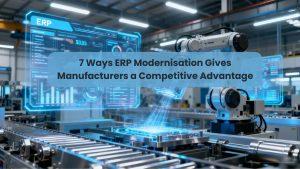Introduction
As businesses face increasing pressure to innovate and streamline operations, Cloud ERP is emerging as a game-changer. It revolutionizes how organizations manage resources, enhance efficiency, and drive growth. It combines the power of enterprise resource planning with the flexibility and accessibility of cloud computing. This system allows us to streamline processes, improve data accuracy, and enhance collaboration across our teams, no matter where they are located.
In today’s fast-paced business world, having real-time access to information is crucial. Cloud ERP helps us adapt quickly to changes, make better decisions, and ultimately drive growth. By understanding its benefits and features, we can choose the right solution that fits our unique needs.
As we explore Cloud ERP further in this blog, we will uncover its key advantages, potential challenges, and the future trends shaping this important technology.
Key Takeaways
- Cloud ERP offers flexibility and accessibility for businesses of all sizes.
- Implementing a strong Cloud ERP strategy can improve efficiency and data management.
- Understanding vendor options is key to finding the best Cloud ERP solution.
Understanding Cloud ERP
Cloud ERP is a combination of enterprise resource planning and cloud computing. It enables more flexible and efficient business operational functionality.
Definition and Core Components
Cloud ERP refers to a system that integrates core business processes through cloud technology. These processes include finance, HR, sales, and supply chain management.
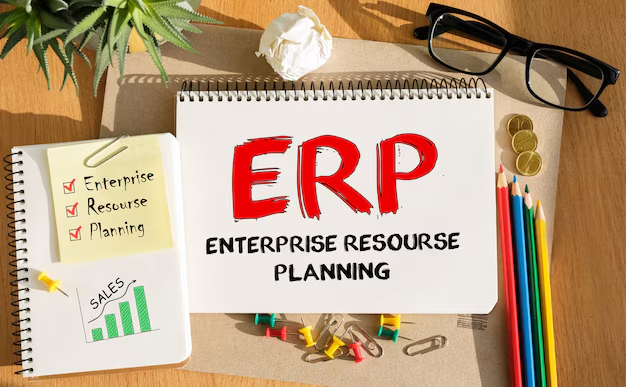
Key components of Cloud ERP include:
Multi-Tenancy: This allows multiple clients to share the same software and resources, ensuring cost efficiency.
Scalability: Businesses can easily adjust resources based on their needs, enabling growth without significant infrastructure changes.
Accessibility: Users can access the system from anywhere, which improves collaboration and productivity.
By centralizing data, Cloud ERP supports real-time reporting and decision-making.
History and Evolution
The concept of ERP started in the 1960s with materials requirement planning (MRP). Over time, systems evolved to include more functions, such as finance and HR.
Cloud technology emerged in the early 2000s. This shift allowed ERP systems to move from on-premises to cloud-based solutions.
The evolution has seen:
Cost Reduction: Businesses no longer need high upfront investments in hardware.
Regular Updates: Cloud providers offer ongoing updates, which improves functionality and security.
Remote Collaboration: Teams can work together seamlessly, regardless of their location.
As Cloud ERP continues to grow, it shapes how businesses operate and adapt in a digital world.
Benefits of Cloud ERP
Cloud ERP offers several advantages for businesses looking to optimize their operations. We can save costs, scale efficiently, and enable remote working. Here are some key benefits below:
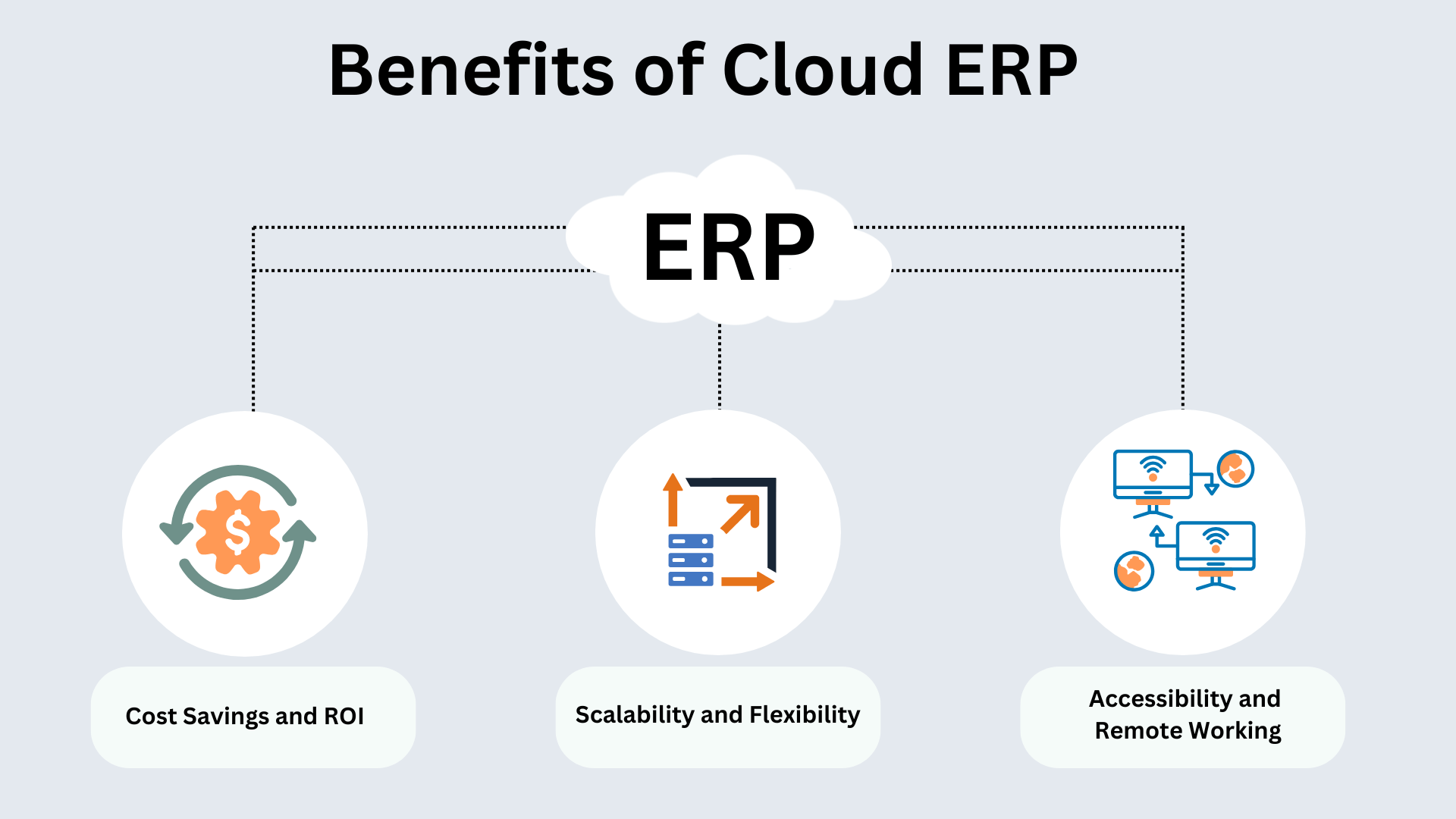
Cost Savings and ROI
Using Cloud ERP can lead to significant cost savings. Traditional ERP systems often require expensive hardware and ongoing maintenance. In contrast, cloud solutions operate on a subscription model, meaning we pay only for what we use. This reduces upfront costs and lowers the need for dedicated IT staff.
Many providers also offer updates and customer support as part of the package. This can improve our return on investment (ROI) as we can allocate resources to other important areas of our business.
Scalability and Flexibility
Cloud ERP systems give us the ability to scale our operations easily. As our business grows, we can add new features and users without major disruptions. This adaptability enables us to respond swiftly to market shifts. We can adjust our services based on seasonality or anticipated demand.
Whether we are a small startup or a large enterprise, cloud solutions grow with us. This means we can stay competitive without investing heavily upfront.
Accessibility and Remote Working
With Cloud ERP, we can access our data from anywhere with an internet connection. This mobility is essential for businesses with remote teams or those that travel frequently. Team members can work together efficiently, regardless of their location.
Additionally, we can share real-time data across departments. This helps improve decision-making and reduces delays. The easy accessibility of information fosters collaboration and boosts productivity.
Implementation Strategies
Implementing a Cloud ERP system requires careful planning and execution to ensure a smooth transition and maximum benefit. Here are key strategies to consider:
Planning and Preparation
Successful Cloud ERP implementation starts with thorough planning and preparation. This involves:
- Assessing Business Needs: Identify the specific requirements of your business to choose the right ERP solution.
- Setting Clear Objectives: Define what you aim to achieve with the ERP implementation, such as improving efficiency or enhancing data accuracy.
- Building a Project Team: Assemble a team with representatives from all relevant departments to oversee the implementation process.
- Timeline and Budget: Establish a realistic timeline and budget to manage resources effectively and avoid unexpected costs.
Migration Best Practices
Migrating to a Cloud ERP system can be complex, but following best practices can mitigate risks:
- Data Cleansing: Ensure that your data is accurate and up-to-date before migration to prevent issues in the new system.
- Phased Implementation: Roll out the ERP system in stages to manage changes effectively and minimize disruptions.
- Testing: Conduct thorough testing at each stage to identify and resolve any issues before full deployment.
- Training: Provide in-depth training to employees to ensure they are well-versed in using the new system.
Risk Management
Managing risks is crucial for a successful ERP implementation. Key considerations include:
- Identifying Potential Risks: Recognize possible challenges such as data loss, system downtime, or resistance to change.
- Developing Mitigation Plans: Create strategies to address identified risks, such as backup solutions and contingency plans.
- Continuous Monitoring: Regularly monitor the implementation process to detect and address issues promptly.
- Stakeholder Communication: Maintain clear and consistent communication with all stakeholders to keep them informed and engaged.
Key Features to Consider
When selecting a Cloud ERP system, it’s essential to evaluate its features to ensure it meets your business needs. Here are some critical features to consider:
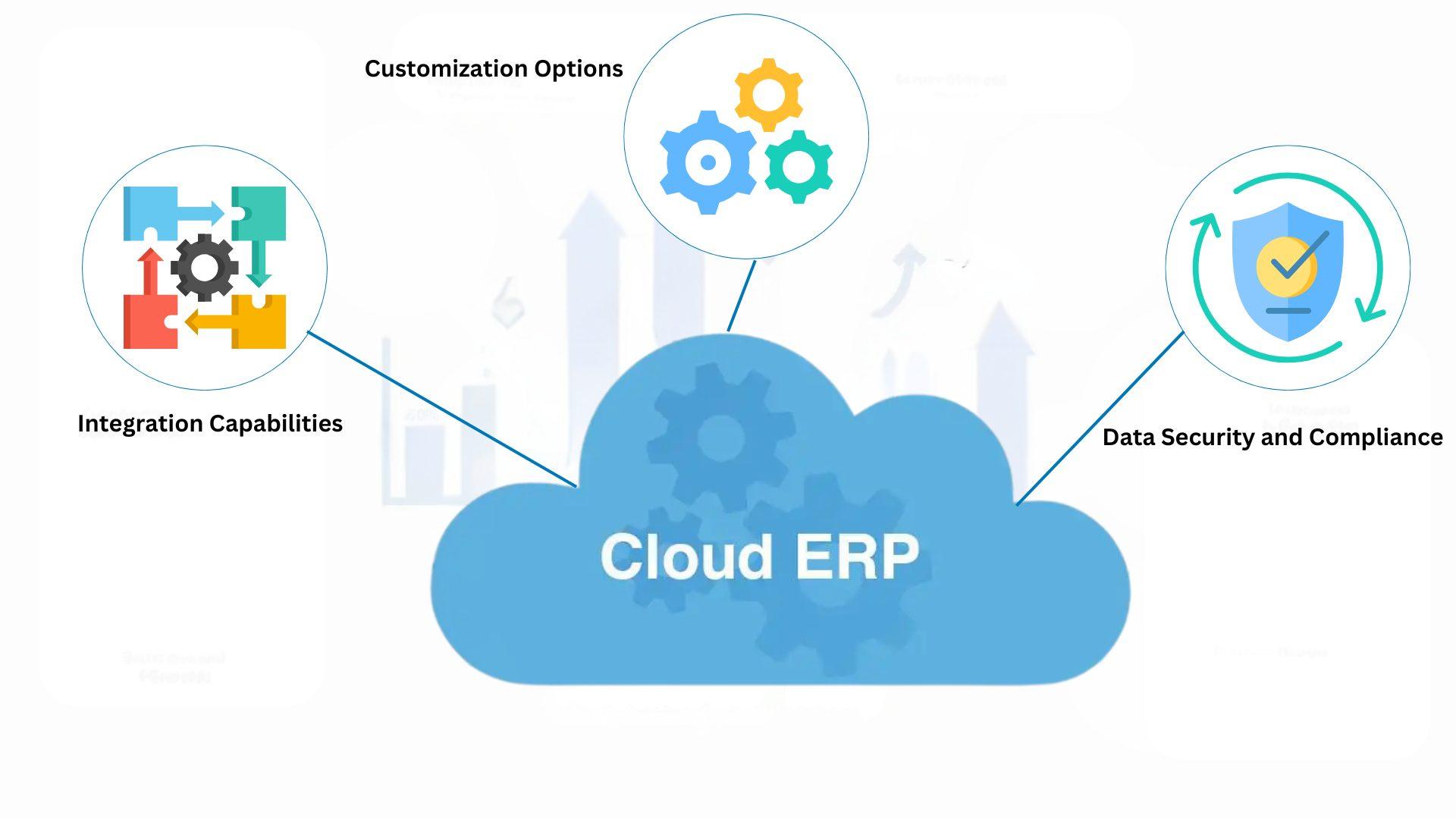
Integration Capabilities
A robust Cloud ERP should seamlessly integrate with your existing software and systems. Key aspects include:
- API Support: Ensure the ERP system offers APIs for easy integration with third-party applications.
- Data Synchronization: The ability to synchronize data across different platforms in real-time.
- Modular Architecture: A flexible architecture that allows adding or removing modules as needed without disrupting operations.
Customization Options
Every business has unique processes, and your ERP system should accommodate them through customization:
- Flexible Configuration: The ability to configure workflows, dashboards, and reports to match your business processes.
- Custom Modules: Options to develop or add custom modules tailored to specific business needs.
- User Interface Customisation: Personalize the user interface to enhance user experience and productivity.
Data Security and Compliance
Protecting your data is paramount when moving to the cloud. Key considerations include:
- Encryption: Ensure data is encrypted both during transmission and while stored to protect against unauthorized access.
- Access Controls: Implement strong access control measures to limit data access according to user roles.
- Compliance Standards: Verify that the ERP provider complies with relevant industry standards and regulations, such as GDPR or HIPAA.
Potential Challenges
While Cloud ERP offers numerous benefits, businesses may encounter certain challenges during implementation and use:

Data Migration Hurdles
Migrating data from legacy systems to a new ERP can be challenging:
- Data Compatibility: Ensuring data formats are compatible with the new system to prevent loss or corruption.
- Volume Management: Handling large volumes of data efficiently to avoid delays and performance issues.
- Data Integrity: Maintaining the accuracy and consistency of data throughout the migration process.
Integration with Legacy Systems
Integrating Cloud ERP with existing legacy systems can pose difficulties:
- Compatibility Issues: Legacy systems may use outdated technologies that are not easily compatible with modern ERP solutions.
- Customization Needs: Extensive customization may be required to achieve seamless integration, increasing complexity and costs.
- Downtime Risks: Integration processes can lead to system downtime, affecting business operations if not managed carefully.
User Adoption and Training
Ensuring that employees adopt and effectively use the new ERP system is essential:
- Resistance to Change: Employees may resist transitioning to a new system, impacting overall adoption rates.
- Comprehensive Training: Providing adequate training to ensure users are comfortable and proficient with the ERP features.
- Ongoing Support: Offering continuous support and resources to address any issues or questions that arise post-implementation.
Future Trends in Cloud ERP
The Cloud ERP landscape is continually evolving, driven by technological advancements and changing business needs. Here are some trends shaping the future of Cloud ERP:
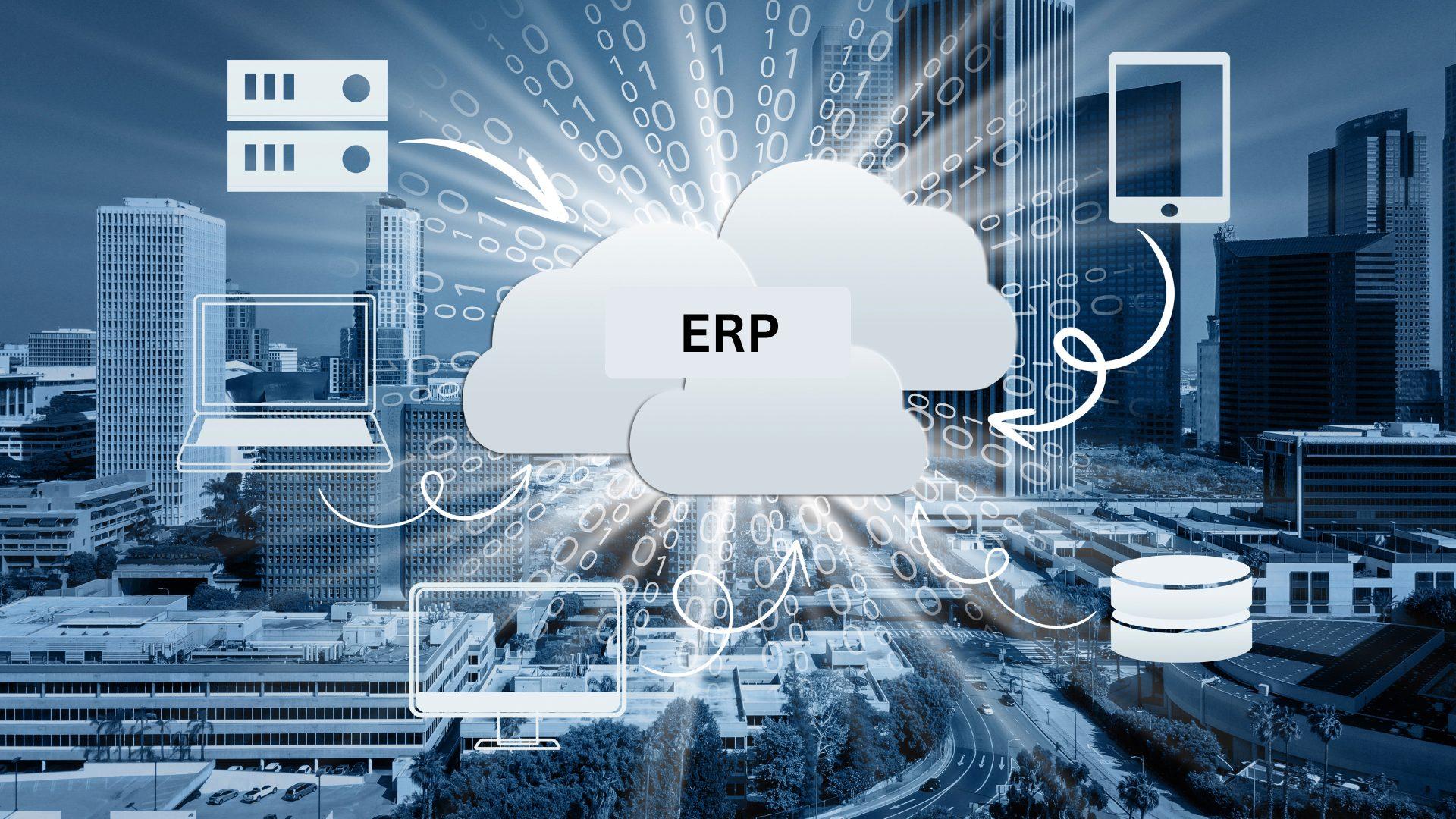
Artificial Intelligence and Machine Learning
AI and machine learning are enhancing ERP systems by:
- Predictive Analytics: Empower businesses to predict trends and make informed, data-driven decisions.
- Automation: Automating routine tasks, reducing manual effort, and increasing efficiency.
- Personalization: Offering personalized user experiences based on individual behaviors and preferences.
Internet of Things (IoT) Integration
Integrating IoT with Cloud ERP systems provides:
- Real-Time Data: Collecting and analyzing data from connected devices to optimize operations.
- Enhanced Monitoring: Improving asset management and maintenance through continuous monitoring.
- Supply Chain Optimization: Streamlining supply chain processes by leveraging data from IoT devices.
Sustainability in Cloud Computing
Sustainability is becoming a key focus in Cloud ERP development:
- Energy Efficiency: Cloud providers are investing in energy-efficient data centers to reduce their carbon footprint.
- Green IT Practices: Encouraging businesses to adopt sustainable practices through ERP-driven insights and reporting.
- Compliance and Reporting: Facilitating compliance with environmental regulations and enabling comprehensive sustainability reporting.
Conclusion
Cloud ERP systems are revolutionizing the way businesses operate, offering unparalleled flexibility, scalability, and accessibility. By understanding the benefits, implementing effective strategies, and selecting the right features and vendors, businesses can transform their operations for enhanced efficiency and growth. However, it’s essential to be aware of potential challenges and stay informed about future trends to maximize the value of your Cloud ERP investment.
At mVerve, we specialize in delivering comprehensive Cloud ERP solutions tailored to your business needs. Our expert team guides you through every step of the implementation process, ensuring a seamless transition and optimal performance. With a focus on integration, customization, and data security, mVerve ERP services empower your business to achieve greater efficiency and drive sustainable growth. Contact us today to learn how mVerve can transform your business operations with our cutting-edge Cloud ERP solutions.




